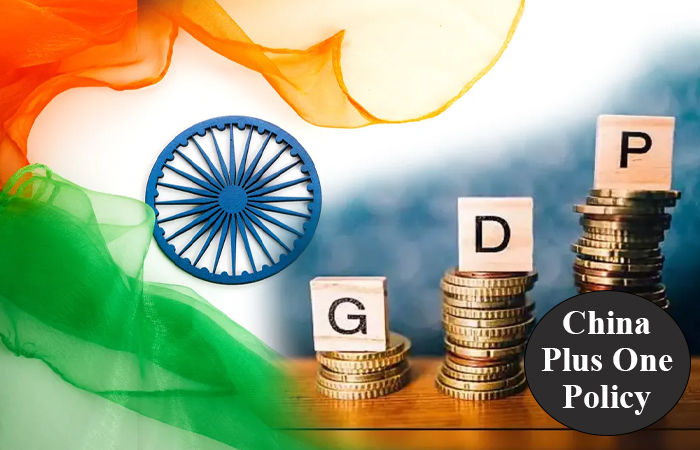
Economic Survey 2023-24: India is currently the fifth largest economy in the world in terms of GDP (gross domestic product). India's goal is to become the third largest economy in the world in the coming years. For this, India is hoping to benefit from the 'China Plus One' strategy. If this happens, India's progress will be on the basis of 'day-double-night-quadruple'. But there are some obstacles, there are some hurdles too. What are the obstacles in achieving the goal of making India a 'developed India' by the year 2047 and how can these obstacles be overcome?
What does the Economic Survey say?
According to the 'Economic Survey 2023-24' presented in Parliament by Finance Minister Nirmala Sitharaman, India's journey towards becoming a developed country will be different from China and this path will not be easy! The survey says that India's situation is different from the global situation during China's economic rise and fall between 1980 and 2015.
What are the obstacles to India's progress?
• Fierce competition in manufacturing sector
• US-Europe and Russia-China standoff
• Global terrorism is what keeps me hooked
• Environmental problems like global warming, water and air pollution, erratic weather
• Increasing unemployment due to Artificial Intelligence
Major factors in China's economic rise
The period in which China's progress began was the period of globalization. The Cold War between America and Russia had ended. This put a full stop to the possibility of a third world war. Developing and poor countries of Asia, Africa and South America were also seeking economic progress. At that time, China achieved economic viability by producing large quantities of cheap goods and exporting them around the world. America and European countries also welcomed the fact that China, which had been sitting behind the scenes for centuries, had joined the global flow and started keeping pace with other countries. Global problems like water and air pollution and global warming, which exist today, were not so serious then.
India does not have facilities like China, but there are some factors which India can take advantage of to make rapid progress. One of these factors is the 'China Plus One' strategy.
What is the 'China Plus One' strategy?
For the last 20 years, most of the companies from America and Europe have been investing mainly in China. The main reason for this is cheap labor rate, which reduces the cost of production. Since economically viable China has now become a challenge for Western countries, those countries are looking for investment opportunities in other countries instead of China. This strategy has been named 'China Plus One', that is, someone other than China. Instead of strengthening their economy by just giving business to China, the companies of Western countries want to give China an opportunity to increase their economic strength by implementing this strategy. This is also called putting a brake on the unbridled progress of the Chinese dragon under this pretext.
How can India benefit from this strategy?
Since the labor rate is cheap in countries like Thailand, Turkey, Vietnam, global companies are eyeing such countries. India is also included in such countries. India is a huge country, with endless geographical diversity, abundant resources and high population, due to which global companies can set up manufacturing centers in an environment favorable to their products. Labor rates are cheap due to the high population.
Two options to leverage the strategy
The Economic Survey said that India has two options to take advantage of the 'China Plus One' strategy.
1) To be part of China's current supply chain.
2) Attracting foreign direct investment (FDI) from China to India.
It is desirable that India chooses another option to increase exports to other economically prosperous countries including the US. East Asian countries have successfully tried this solution in recent times. So why not India? By doing this, India can also control the ever-increasing trade deficit with China. Instead of importing goods from China and making a little profit on it and exporting it to the US-Europe, India should welcome the American and European companies coming from China by rolling out the red carpet and providing infrastructure as per their convenience. By doing this, India's dependence on China for trade will be reduced.
If India sets an example in the changing equations of global trade, then it will not be difficult to achieve the goal of 'developed India' by 2047.
 look news india
look news india